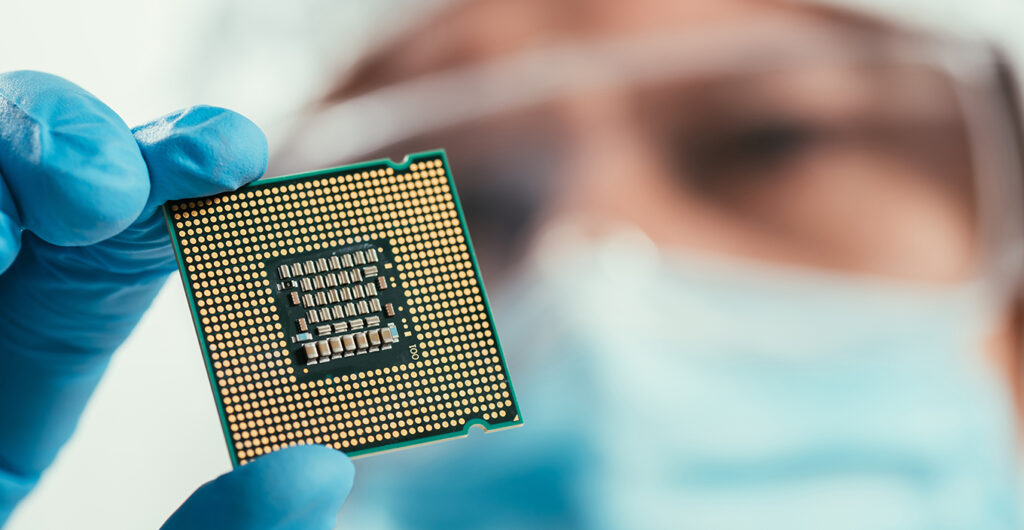Single-item traceability for complex multi-chip devices

Live webinar
We’ve seen in the news recently that many countries are taking steps to address the acute global shortage of semiconductors, both creating incentive programs and allocating new resources to the endeavor. Although these steps are critical, it will be years before they begin to deliver real results on the ground.
The only way to meet the booming market demand in the short term is to increase throughput with existing infrastructure—without sacrificing product quality of course.
That isn’t always easy to do, especially when an increasing number of applications require complex multi-chip modules or multi-chiplet devices in small, inexpensive packages. Such applications force manufacturers to mix products in a lot and perform different operations on each product.
Semiconductor quality requirements are also becoming more stringent. Since the cost of downstream quality issues is being pushed to upstream suppliers, there are higher demands on the completeness and detail of traceability data, adding to the challenge.
When single devices are processed differently, the only way to manage production and deliver data about every device and its processing history is through single-item tracking. However, most semiconductor companies cannot perform single-item tracking without slowing operations, which isn’t an option given the demand.
Shopfloor systems need a better way to keep up with the enhanced tracking and tracing requirements resulting from the higher product variability and rapid NPIs without slowing down production.
A new approach is making it possible by integrating high-performance computing with the manufacturing execution system (MES) in order to support single-item tracking at production speed. By restructuring the Opcenter Execution server and building a High-Performance Engine (HPE) within it, the load from the application server is transferred to the database server.
The system is then flexible enough to support a multitude of trackable entities and switch between them rapidly. For example, it can process a wafer at one step, a carrier with items at the next and individual items after that. When this new tracking approach is integrated into MES, the semiconductor manufacturer can also control how each device goes through the processes and record them effectively, optimizing capacity and avoiding the need for additional capital.

Join our new Single-Item Tracking webinar to learn more about how it works.
Already using the Opcenter Execution Semiconductor? See what’s new in version 8.9.
Want to learn more? Opcenter Execution Semiconductor replaces legacy and siloed manufacturing systems that haven’t kept pace with demanding and ever-changing requirements of semiconductor manufacturing.
With Opcenter Execution Semiconductor, manufacturers are no longer hindered by islands of automation and disjointed systems; now they can innovate, adapt and succeed. Manufacturers choosing Opcenter Execution Semiconductor are up and running quickly and are assured that the application can grow and adapt with their businesses. Learn more about Opcenter Execution Semiconductor.


